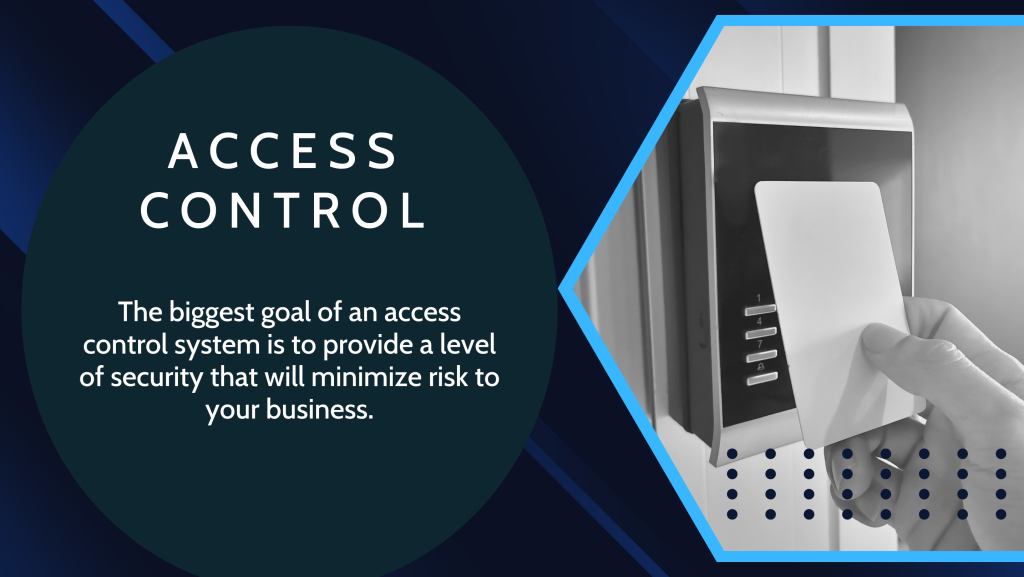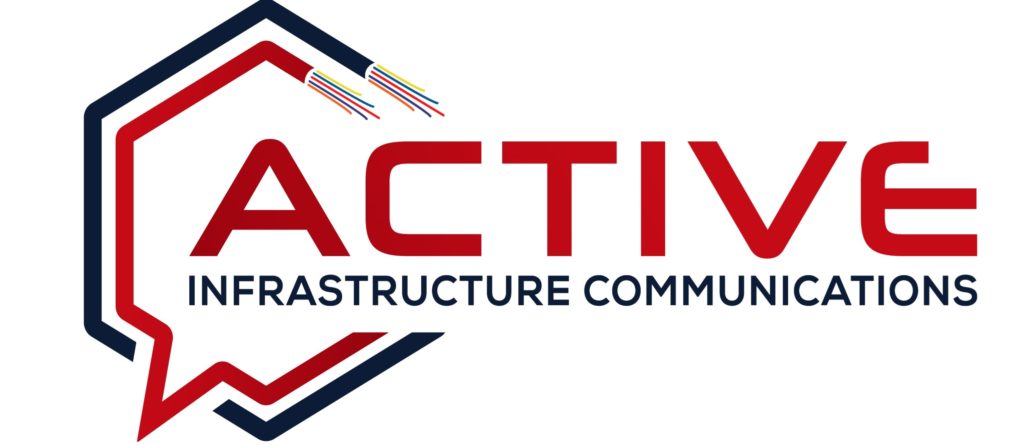Services
Access Control
Access control is critical to ensuring the safety and security of your premises, assets, and personnel
It refers to the selective restriction of access to a place or resource. Specifically, this typically applies to physical locations or digital systems, allowing entry only to authorized individuals or entities. Moreover, it involves using security measures to manage who can enter or use certain areas or information within an organization. Consequently, effective access control ensures that sensitive areas and data remain secure from unauthorized access.
These systems play a critical role in protecting assets, ensuring privacy, and maintaining security across various sectors. As a result, they provide peace of mind and operational efficiency to organizations of all sizes.

Our solutions include biometric, card, and keypad, as well as CCTV and surveillance systems to monitor and record access activity.



Our Support Team is Always Available to Address Any Issues
We provide quick and effective solutions; moreover, we aim to minimize downtime and keep your business running smoothly.
Components and Features of Access Control Systems:
Identification and Authentication:
Credentials: Methods used to verify a person's identity, such as:
• Physical Credentials: Keycards, proximity cards, key fobs, and biometric
identifiers (fingerprint, iris scan).
• Digital Credentials: Usernames, passwords, PINs, and cryptographic
keys.
Access Control Devices:
• Card Readers and Biometric Scanners: Devices used to read and authenticate credentials.
• Electronic Locks: Mechanisms that control physical access to doors or gates based on authorization.
• Turnstiles and Gates: Automated barriers that restrict passage until credentials are verified.
Access Control Management Software:
• Centralized Control: Software systems that manage access permissions, track entry and exit times, and generate audit trails.
• Integration: Integration with other security systems such as video surveillance and alarm systems for enhanced security monitoring.
Types of Access Control:
• Physical Access Control: Restricts access to buildings, rooms, or specific areas within a facility.
• Logical Access Control: Limits access to computer networks, systems, and data based on user credentials and permissions.
• Administrative Access Control: Policies and procedures governing access rights and privileges granted to users.
Benefits of Access Control Systems:
• Enhanced Security: Prevent unauthorized access, theft, and vandalism.
• Increased Safety: Ensure only authorized personnel enter secure areas, promoting workplace safety.
• Improved Compliance: Meet regulatory requirements and maintain data privacy and security standards.
• Audit Trail: Track access activities and generate reports for auditing purposes.
• Convenience: Streamline access for authorized personnel while restricting entry to unauthorized individuals.
Applications of Access Control Systems:
• Corporate Offices: Secure entry to office buildings, sensitive areas, and data centers.
• Healthcare Facilities: Control access to patient rooms, medical records, and restricted areas.
• Educational Institutions: Manage access to classrooms, labs, and administrative offices.
• Government Buildings: Restrict access to secure government facilities and sensitive information.
Integration with Other Systems:
These systems often integrate with CCTV surveillance, alarm systems, and visitor management systems to provide comprehensive security solutions.

Contact us today to discover how our expertise and dedication can benefit your telecommunications projects
Experience firsthand why Active Infrastructure Communications is the trusted choice for superior service and exceptional results.
